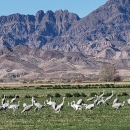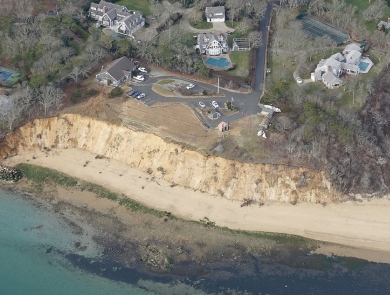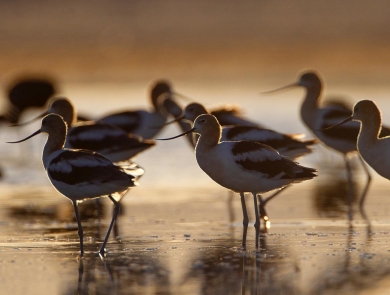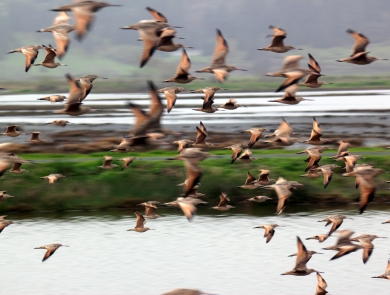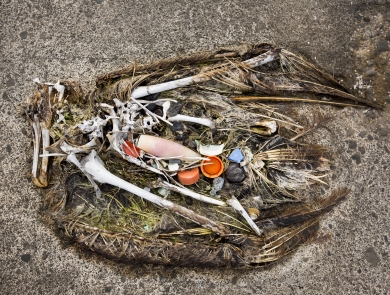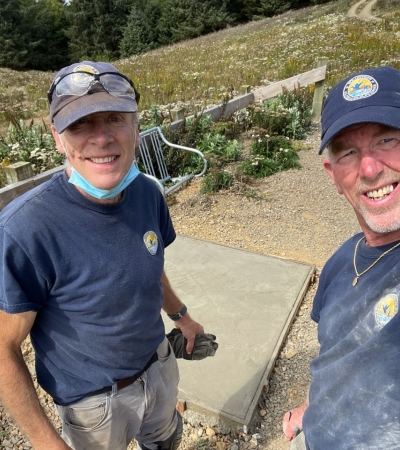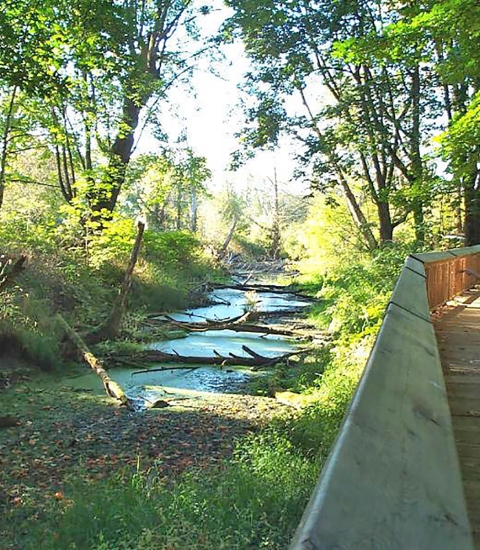Facility
Location
66600 Cibola Lake Road, Box 1
Cibola, AZ 85328
United States
Volunteer Position Overview
About This Position
Cibola National Wildlife Refuge was established in 1964 as mitigation for the straightening, channelization, and armoring of the banks of the Colorado River by the Bureau of Reclamation to prevent flooding. The purpose of the 18,444-acre refuge is to protect and recreate the marshes, backwaters, and meanders that historically provided wintering grounds for migratory waterfowl and other wildlife that natural flooding would have formed.
The nearest town is Blythe, CA where you can find Albertsons and a small selection of restaurants. Yuma is the nearest town with the most choices in restaurants and grocery store as well as things to do such as movie theater
Duties:
- Greet visitors and provide information about the refuge
- Inform visitors of regulations
- Restock brochures
- Be available to assist with special events and interpretive programs
- Wear U.S. Fish & Wildlife Service Volunteer's uniform
- Drive a Refuge vehicle
- Other Duties may be assigned by Site or Direct Supervisor
Qualifications:
- Must possess a valid driver's license
- Willing to work 24-30 hours per week, including weekends and holidays
- Desire to talk with and inform the public about rules and regulations
- Must wear USFWS volunteer uniform
- Enthusiasm and willingness to learn
Job Hazards:
- General Housekeeping
- Slip, Trip and Fall Hazards
Requirements: Cibola NWR Volunteer position offers a shaded 30 or 50 amp full RV hookup in exchange for 24 hours of work per person per week (32 hours per individual if volunteering alone). Couples are preferred, but not mandatory. There is a washer and dryer on site as well as a refrigerator. There is an ice machine at the shop. We are currently seeking volunteer(s) for November 2024 – March 2025, shorter tours can be negotiated.
When applying, please provide contact information for three references. Two references should be professional. If applying as a couple, please provide both applicant names.
For Additional information, please contact us at SWAZ@FWS.GOV.
Duties/Activities
Stories About Volunteering
Other Ways to Work with Us
Are you looking for something different than a volunteer opportunity? The Fish and Wildlife Service employs around 9,000 people nationwide and offers great internship opportunities every year.
